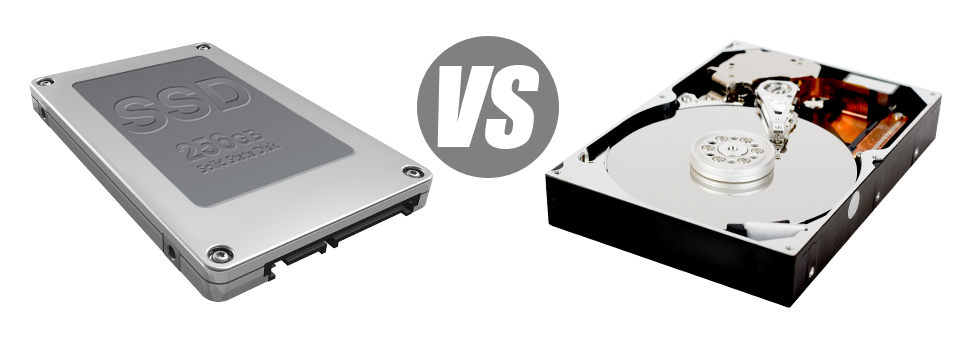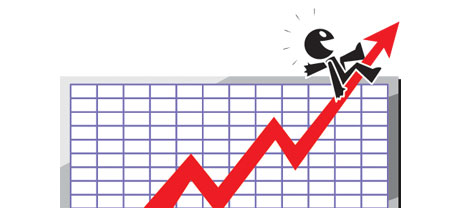Today, pretty much all new computer systems contain SSD drives instead of HDD drives. You’ll notice superlatives about them throughout the professional press – they are faster and operate better and that they are the future of home computer and laptop computer production.
Nevertheless, how do SSDs stand up in the web hosting world? Could they be responsible enough to replace the tested HDDs? At 123Tuweb321, we’ll make it easier to far better be aware of the distinctions among an SSD as well as an HDD and choose which one is best suited for you needs.
1. Access Time
With the arrival of SSD drives, data access rates have gone through the roof. Because of the brand new electronic interfaces made use of in SSD drives, the common data access time has shrunk to a all–time low of 0.1millisecond.
HDD drives still utilize the same general data access concept that was actually developed in the 1950s. Though it has been much upgraded ever since, it’s slower when compared to what SSDs are offering. HDD drives’ data access speed varies in between 5 and 8 milliseconds.
2. Random I/O Performance
With thanks to the very same revolutionary solution which enables for a lot faster access times, you too can get pleasure from greater I/O efficiency with SSD drives. They can complete two times as many functions within a given time in comparison to an HDD drive.
An SSD can deal with at the very least 6000 IO’s per second.
Throughout the very same lab tests, the HDD drives confirmed to be considerably slower, with simply 400 IO operations managed per second. Although this seems to be a significant number, for people with a busy server that serves plenty of popular websites, a slow disk drive can result in slow–loading sites.
3. Reliability
SSD drives don’t have any sort of rotating components, meaning there is far less machinery inside them. And the fewer physically moving parts you’ll find, the fewer the prospect of failing can be.
The typical rate of failure of an SSD drive is 0.5%.
With an HDD drive to function, it should rotate a few metal disks at over 7200 rpm, keeping them magnetically stable in mid–air. There is a lot of moving components, motors, magnets along with other devices packed in a tiny place. So it’s no surprise the standard rate of failure of any HDD drive can vary between 2% and 5%.
4. Energy Conservation
SSDs lack moving parts and need very little cooling energy. They also call for not much power to function – trials have revealed that they’ll be operated by a common AA battery.
As a whole, SSDs take in somewhere between 2 and 5 watts.
HDD drives are renowned for getting loud; they can be more prone to getting hot and whenever you have several disk drives in one server, you must have an extra air conditioning unit exclusively for them.
All together, HDDs use up somewhere between 6 and 15 watts.
5. CPU Power
Thanks to SSD drives’ greater I/O efficiency, the main server CPU can easily process file requests more quickly and save time for additional operations.
The common I/O wait for SSD drives is just 1%.
HDD drives accommodate slower accessibility speeds compared with SSDs do, which will result for the CPU being forced to delay, while scheduling assets for your HDD to find and return the requested data file.
The standard I/O wait for HDD drives is approximately 7%.
6.Input/Output Request Times
It’s about time for a few real–world cases. We produced an entire system backup on a server using only SSDs for file storage purposes. In that procedure, the standard service time for any I/O query stayed below 20 ms.
In comparison with SSD drives, HDDs offer noticeably reduced service rates for input/output queries. In a server backup, the common service time for an I/O call varies somewhere between 400 and 500 ms.
7. Backup Rates
You can notice the real–world great things about utilizing SSD drives each and every day. For instance, with a hosting server designed with SSD drives, a complete data backup will take only 6 hours.
In contrast, on a web server with HDD drives, a comparable data backup usually takes three or four times as long to finish. An entire back–up of any HDD–equipped hosting server may take 20 to 24 hours.
Should you want to easily improve the overall performance of your websites with no need to change any code, an SSD–operated website hosting service is really a good alternative. Look at 123Tuweb321’s hosting plans packages as well as our VPS plans – these hosting services have fast SSD drives and are available at good prices.
Hepsia
- Live Demo
Service guarantees
- Register now. There won’t be configuration fees and you will have total root access to the server. 99.9% network availability is warranted.
Compare our prices
- Preview the instruments and capabilities offered by 123Tuweb321’s Virtual Private Servers. You can begin with a cheaper VPS server and move up with only a click as your requirements increase.
- Compare our hosting plans
Contact Us
- It is easy to get in contact with us 24/7 by email or by using our extremely–fast ticketing system. We provide a 1–hour reply time frame guarantee.














